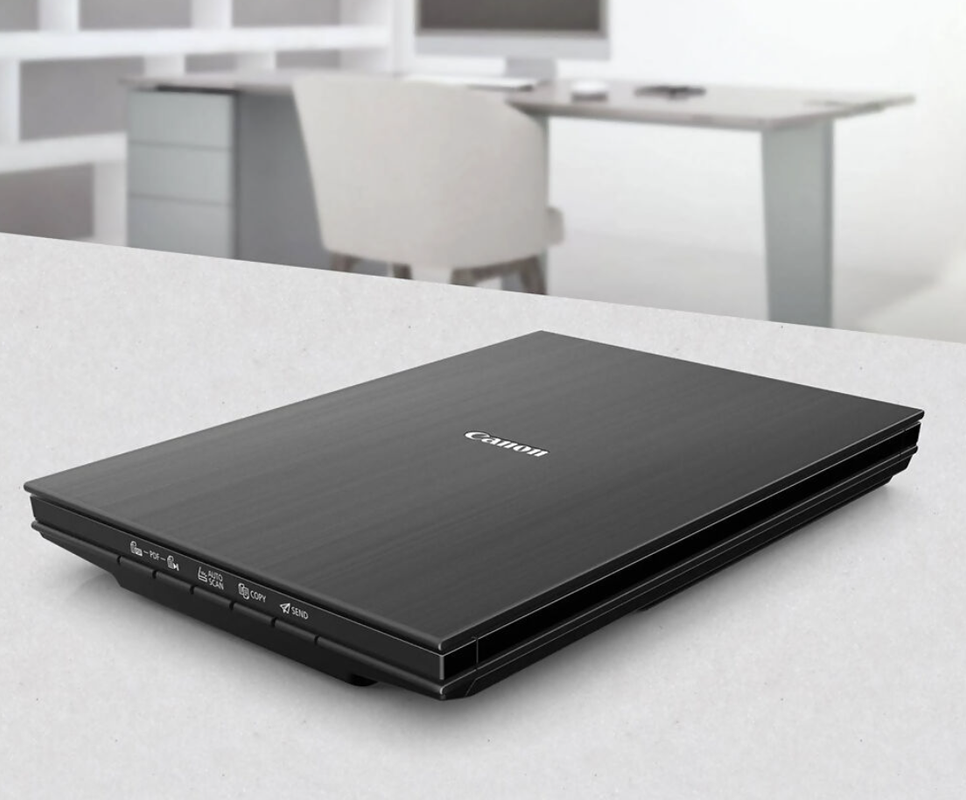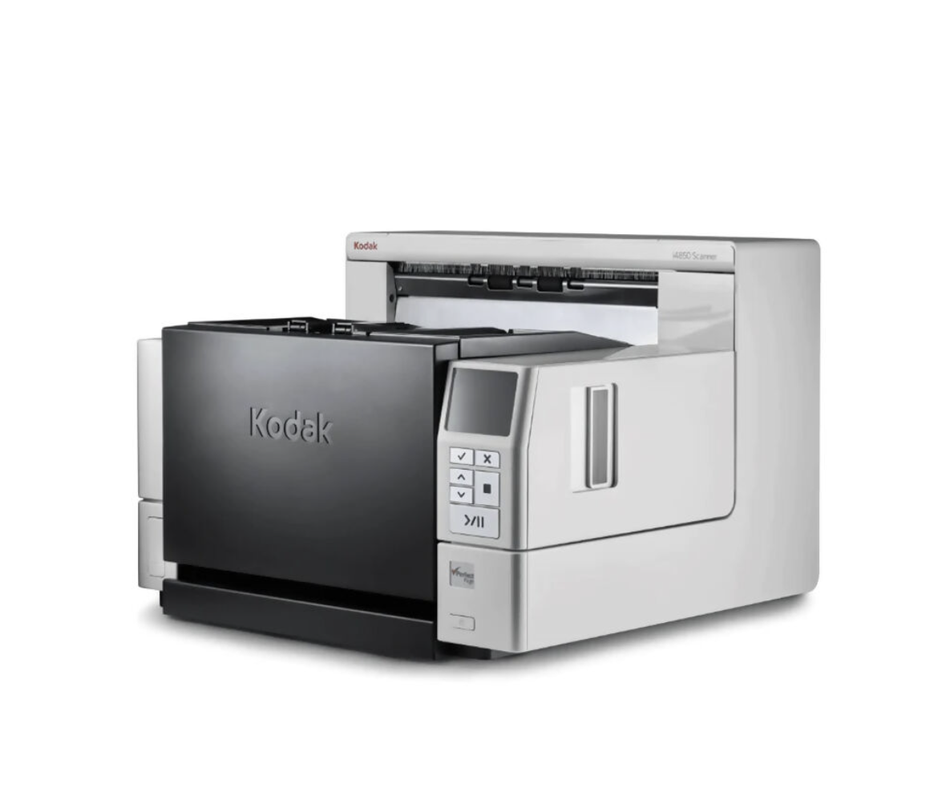Flatbed vs. sheet-fed scanners: which is right for you?
When it comes to choosing the right scanner for your business, it can feel like an endless search.
With so many options on the market, narrowing it down to just one can feel tedious and overwhelming. However, we often find that the choice ultimately boils down to two popular designs: flatbed and sheet-fed scanners.
Both are a prominent asset to any business, with their own set of benefits and limitations. So, when it comes to choosing just one, it's best to lead with your needs rather than the most popular design.
To help you make an informed choice, we’ve compared both flatbed and sheet-fed scanners, breaking down each one so you can find the one that best suits your work. In fact, you can browse our scanners by function right here, bringing everything you need in one place.
What are flatbed scanners?
Slim, modern, and practical, the flatbed scanner is a revolutionary design for small home offices and those with limited desk space.
While these aren’t a new invention, they have continued to shrink in size and become more advanced, so the newest models are certainly revolutionary! Flatbed scanners feature a large, hinged lid with a glass surface on the underside.
Once opened, the document or photo is placed face down on the glass, and the CCD scanner sensor moves beneath the surface to capture the image.

Because of this design, flatbeds are perfect for:
- Photos and fragile documents, as they don’t go through any rollers.
- Books or magazines, since you can scan two pages at a time without tearing anything apart.
- Passports, ID cards, and thick or odd-sized media, because you’re not restricted to A4 paper.
If you’d like to learn more about how flatbed scanners work, read our blog on everything you need to know about flatbed scanners.
What are sheet-fed scanners?
Unlike flatbed scanners, sheet-fed scanners involve feeding documents into the scanner, similar to a copier or printer.
Most models come with an Automatic Document Feeder (ADF) that can handle dozens, sometimes hundreds, of pages at a time for excellent speed and efficiency.
For this reason, sheet-fed scanners stand out for their benefits in offices with large workloads, while flatbed scanners can only scan a document at a time. In addition, sheet-fed scanners can also be duplex, meaning they scan both sides of the page in one pass; they’re a big time-saver for office settings or anyone digitising paperwork in bulk.

Therefore, sheet-fed scanners are ideal for:
- Daily office use, such as quick scanning of letters, receipts, or work reports.
- Invoices, contracts, and admin documents, especially in batch form.
Which type is best for you?
When it comes to actually choosing the best scanner for your business, there is unfortunately no ‘one-size-fits-all’ solution.
You may find a model that meets all of your expectations, or you may have to make a sacrifice in one area, such as speed, for the type that offers the overall best scanning experience. Just to help you make the final decision, we’ve compared both by the most popular dealbreakers.
Cost
Basic flatbed scanners tend to be more affordable than sheet-fed scanners, with some starting from as little as £60.
However, this depends entirely on the type of features it includes, such as high-speed scanning, integrated editing software, portability, etc. (flatbed scanners can go up to £800+)
Sheet-fed scanners, particularly those with advanced features like duplex scanning or network connectivity, start a little higher, from around £150 up to £600+
Speed
Flatbed scanners require you to manually place and scan one page at a time, making them more suitable for tasks that require careful precision and are not time-sensitive.
In contrast, most modern sheet-fed scanners come with an Automatic Document Feeder (ADF) that can process 30 to 70+ pages per minute, including duplex (double-sided) scanning.
Image quality
With higher optical resolutions (often 2400–6400 dpi), flatbed scanners are ideal for artists who need to scan artwork, books, photographs, etc. They come in handy when colour and detail accuracy are needed.
While sheet-fed scanners still produce crisp, clear scans, particularly for text documents, they’re not designed for high-end image capture. Instead, they’re better with speed and text clarity with OCR technology.
Ease of use
If you’re looking for something simple, then flatbed scanners are easy to set up and operate, requiring just a single button press. However, manually placing every page can become tedious for larger documents.
Sheet-fed scanners are significantly more efficient when it comes to bulk scanning, as they can scan multiple documents simultaneously. Many models also support one-touch scanning, programmable profiles, and automatic corrections, such as blank page removal or auto-rotation.
Choose a flatbed scanner if…
You need flexibility in what you scan, especially if you’re dealing with photos, books, or any kind of fragile or unusual material, and you work from home.
If you’ve decided that flatbed scanners are the right choice for you, here are the five best flatbed scanners for your business.
Choose a sheet-fed scanner if…
You regularly scan stacks of paper and want something that works quickly, consistently, and with minimal fuss, such as if you’re a small accounting firm or manage admin from home.
Find the perfect scanner for your business
No matter what you’re looking for, The Scanner Shop has what you need.
With our range of brand-new and refurbished scanners, we have something for every industry, from artists and administrative professionals, to architects and photographers.
Browse our scanners today, featuring models from renowned brands like Canon, Brother, and Epson.
